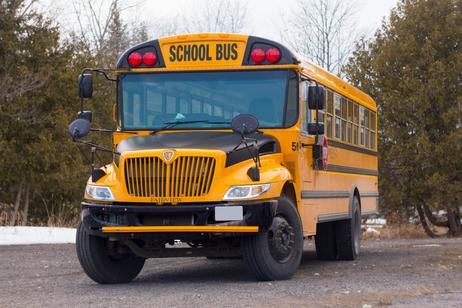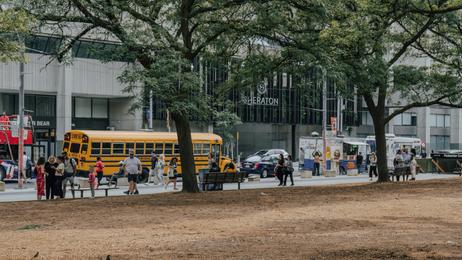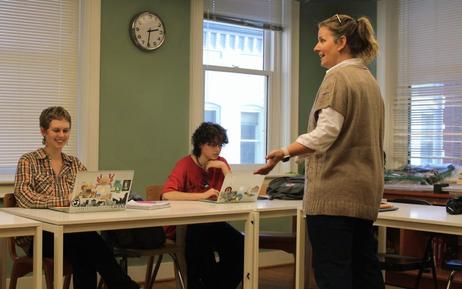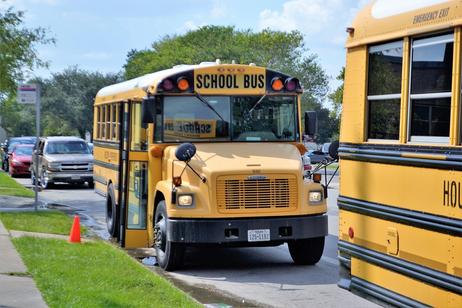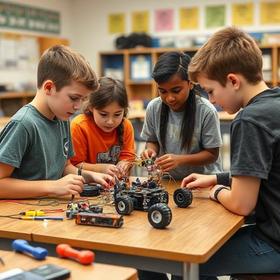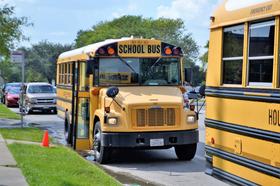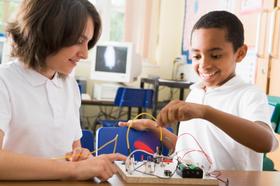COVID-19’s Lasting Impact on U.S. Public Schools (2025)
The COVID-19 pandemic may no longer dominate headlines, but its imprint on U.S. public schools remains significant in 2025. What once looked like a temporary disruption has evolved into a long tail of academic deficits, enrollment shifts, staffing stress, psychological strains, and equity challenges. In this updated analysis, we revisit how COVID-19’s lasting impact on U.S. public schools continues to ripple through the system, drawing on new data, district examples, and expert insight.
1. Lingering Academic Recovery and Learning Loss
Despite efforts to “catch up,” many districts report that students remain behind where pre-pandemic cohorts once stood. According to research from UC Davis, as of spring 2024, California students lagged roughly half a grade level behind their 2019 peers in core subjects.The learning gap is not uniform: lower-income, rural, and non-White students have tended to recover more slowly, intensifying educational inequities.
A 2025 Harvard analysis notes that national test performance has not rebounded to pre-COVID norms, especially in mathematics and reading, with enduring declines in key states.Moreover, the Education Recovery Scorecard shows that while some districts have surpassed pre-pandemic levels in both math and reading, no state has fully done so.
In practice, districts like Toledo, Ohio, have extended school days, added summer academies, and leveraged small-group tutoring to accelerate recovery. Yet even well-resourced districts caution that extra supports may need


